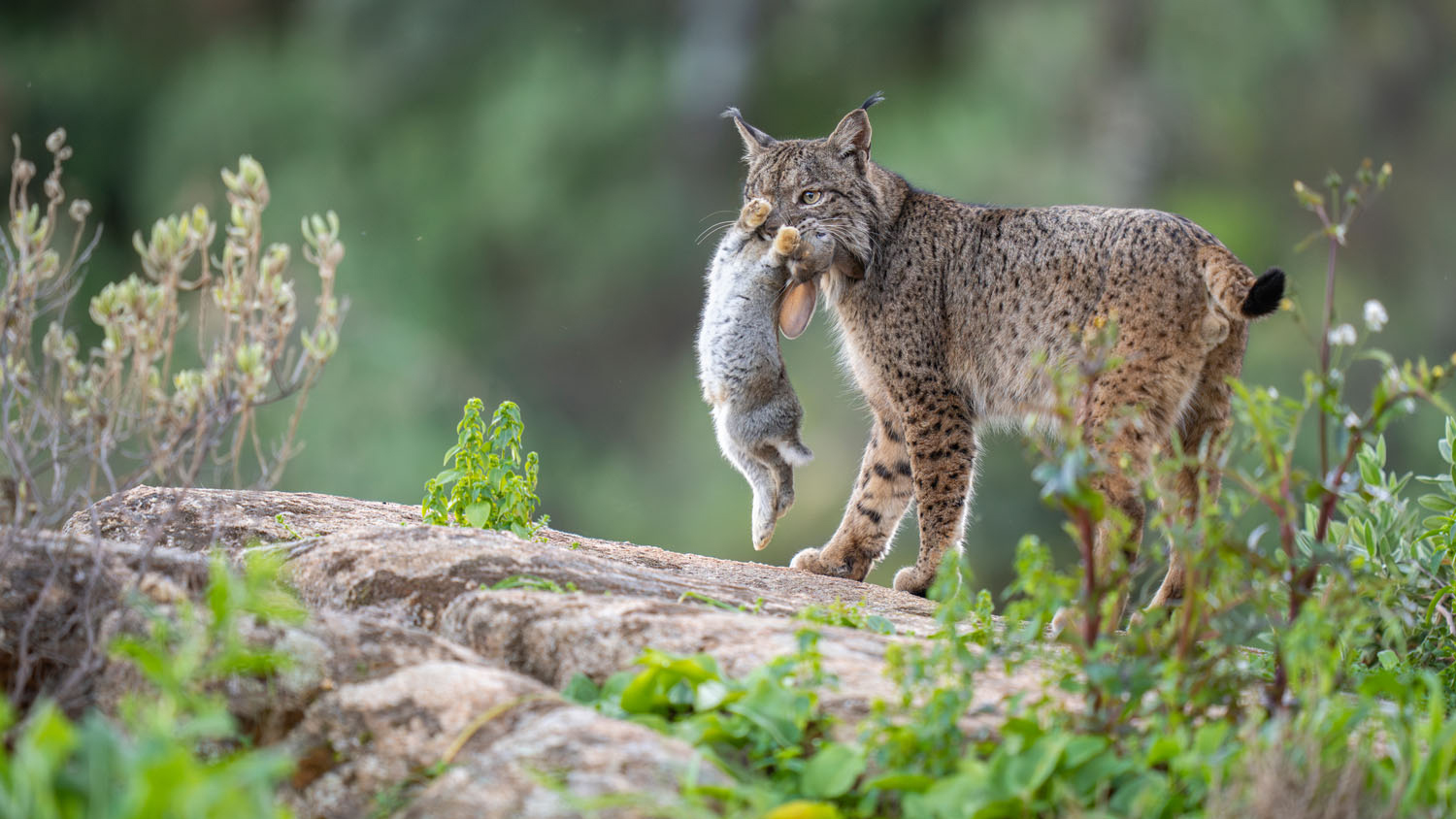
The winners of the Rewilding Europe Award – which honors exceptional achievements in photography that reflect the essence of rewilding, giving nature the space and time to restore itself – have been announced. Part of the prestigious GDT European Wildlife Photographer of the Year competition, organized by the German Society for Nature Photography (GDT), the Rewilding Europe Award celebrates powerful imagery that showcases the revival of Europe’s wild nature through rewilding.
This year's top prize went to Swedish photographer Staffan Widstrand for his image Iberian Lynx. The captivating image of an Iberian lynx in its natural habitat in Spain showcases the return of this apex predator to European landscapes, highlighting how rewilding efforts are restoring natural processes and predator-prey dynamics.
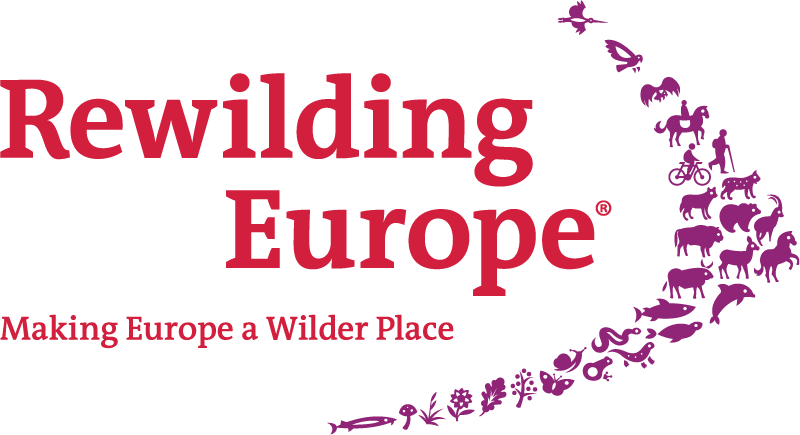
Rewilding Europe wants to make Europe a wilder place, with more space for wildlife and natural processes. We believe that wild nature should be valued and treated as an essential element of a prosperous and healthy society, and our goal is to see rewilding practised at scale across Europe. We work to demonstrate the benefits of wilder nature through the rewilding of large European landscapes and to inspire and enable others to engage in rewilding by providing tools and practical expertise.
The award-winning image was chosen from a collection of entries by a jury panel that included Laurien Holtjer, Rewilding Europe’s Director Engagement and Public Relations, and renowned wildlife photographer Neil Aldridge. The panel also included all members from the EWPY jury: National Geographic's Senior Photo Editor Alexa Keefe, wildlife photographer and podcaster Matt Maran, marine photographer Rachael Talibart, GDT President Stephan Fürnrohr, and conservation photojournalist Marcus Westberg.
"Staffan’s photograph encapsulates the magic of rewilding perfectly,” says Laurien Holtjer. “His image is not just about the beauty of the lynx. It’s about restoring the health and functionality of nature, and the wide-ranging benefits of bringing back a species that can help to shape the environment around it.”
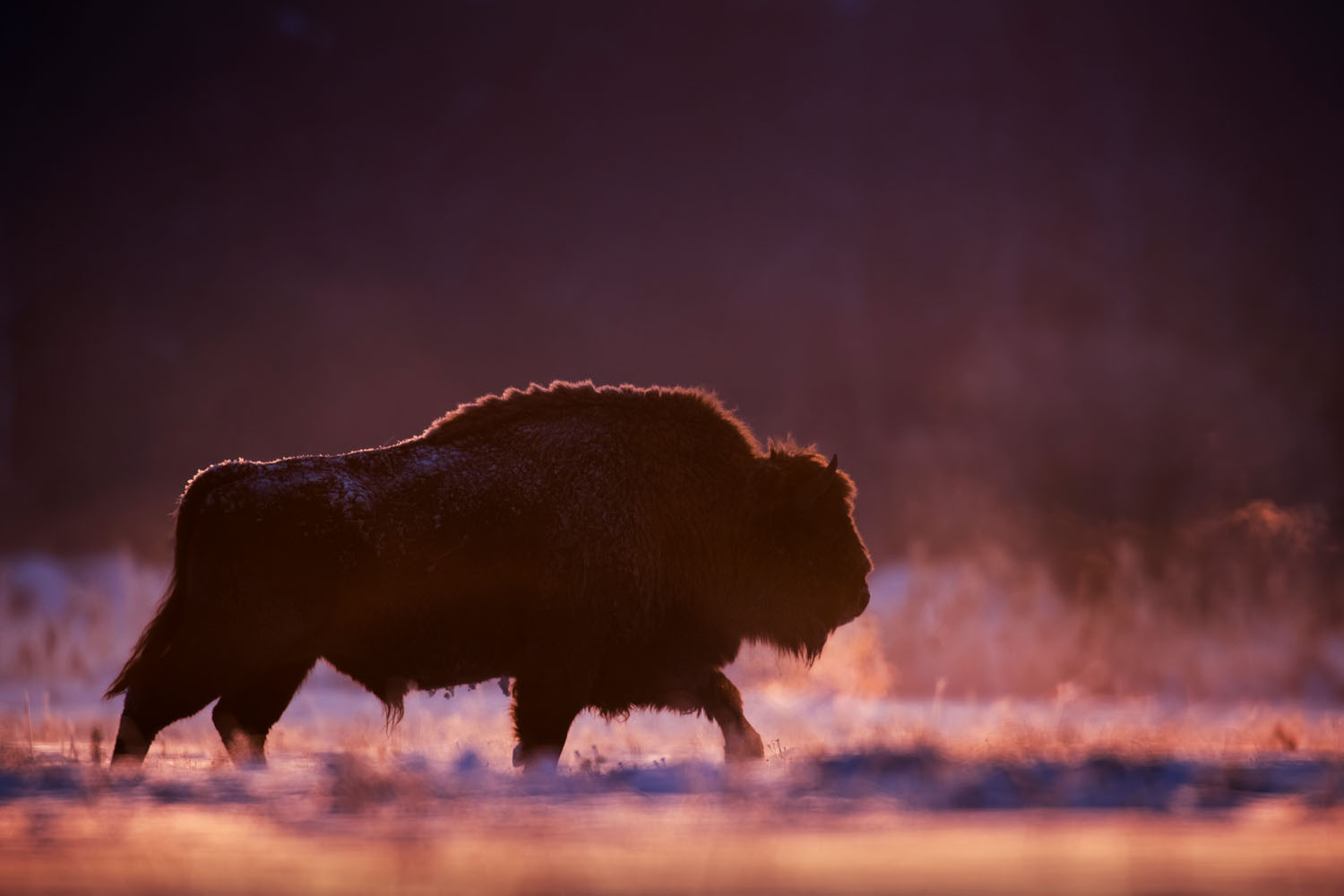
This year’s Rewilding Europe Award also highlighted the importance of healthy river systems and marine restoration. Second prize went to Austrian photographer Bernhard Schubert for his image Huchen Habitat, which vividly illustrates how rewilding efforts can breathe new life into river ecosystems. Healthy, free-flowing rivers are vibrant corridors of life, demonstrating the vital role natural processes can and should play in shaping our landscapes.
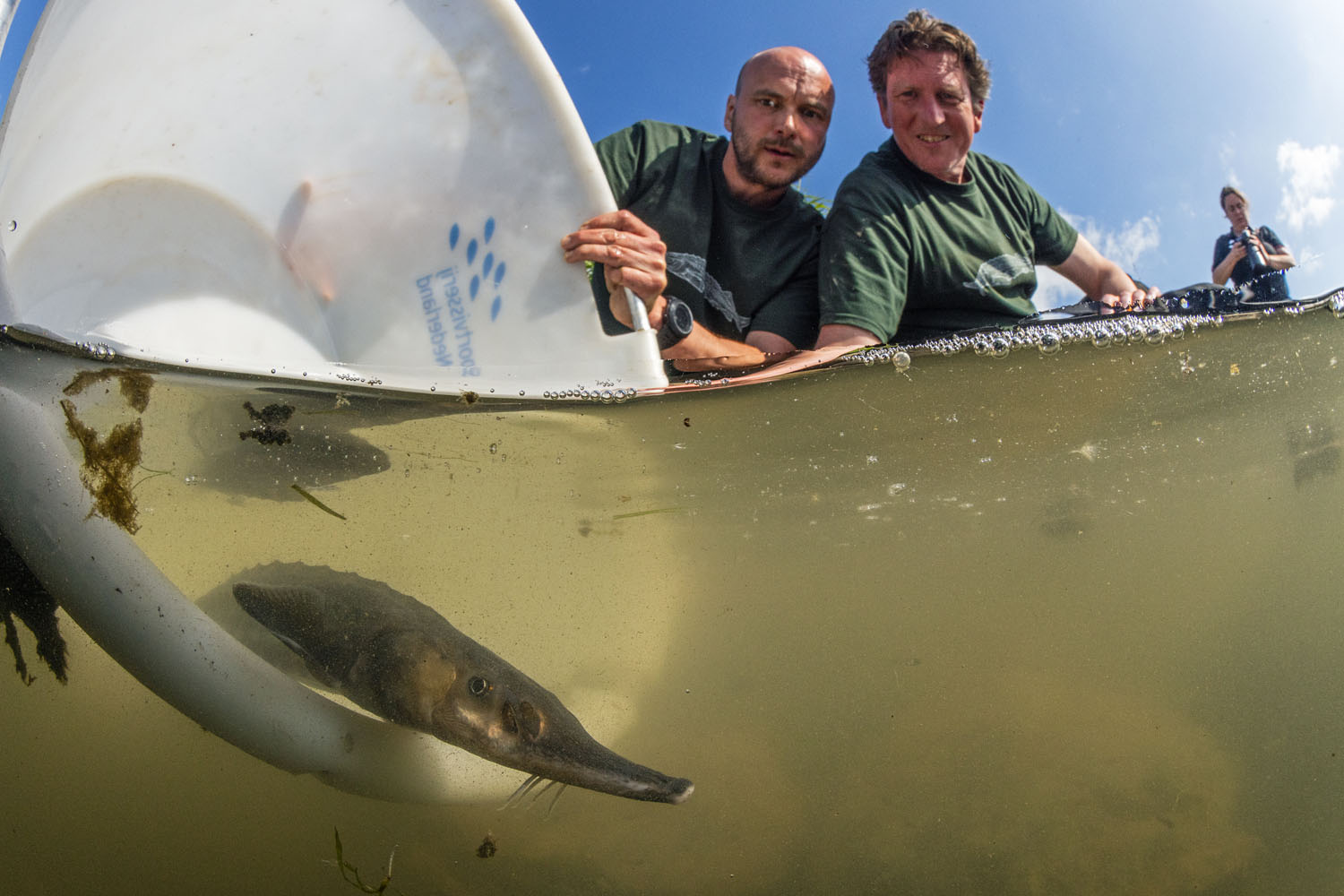
The highly commended image Hope for the Future of our Rivers, shot by Dutch photographer Arthur de Bruin, depicts the release of juvenile European sturgeon in the River Rhine. Sturgeon species once thrived in European rivers, playing a critical role in the maintenance of healthy aquatic ecosystems. The reintroduction of sturgeon epitomizes the broader revival of rivers across Europe.
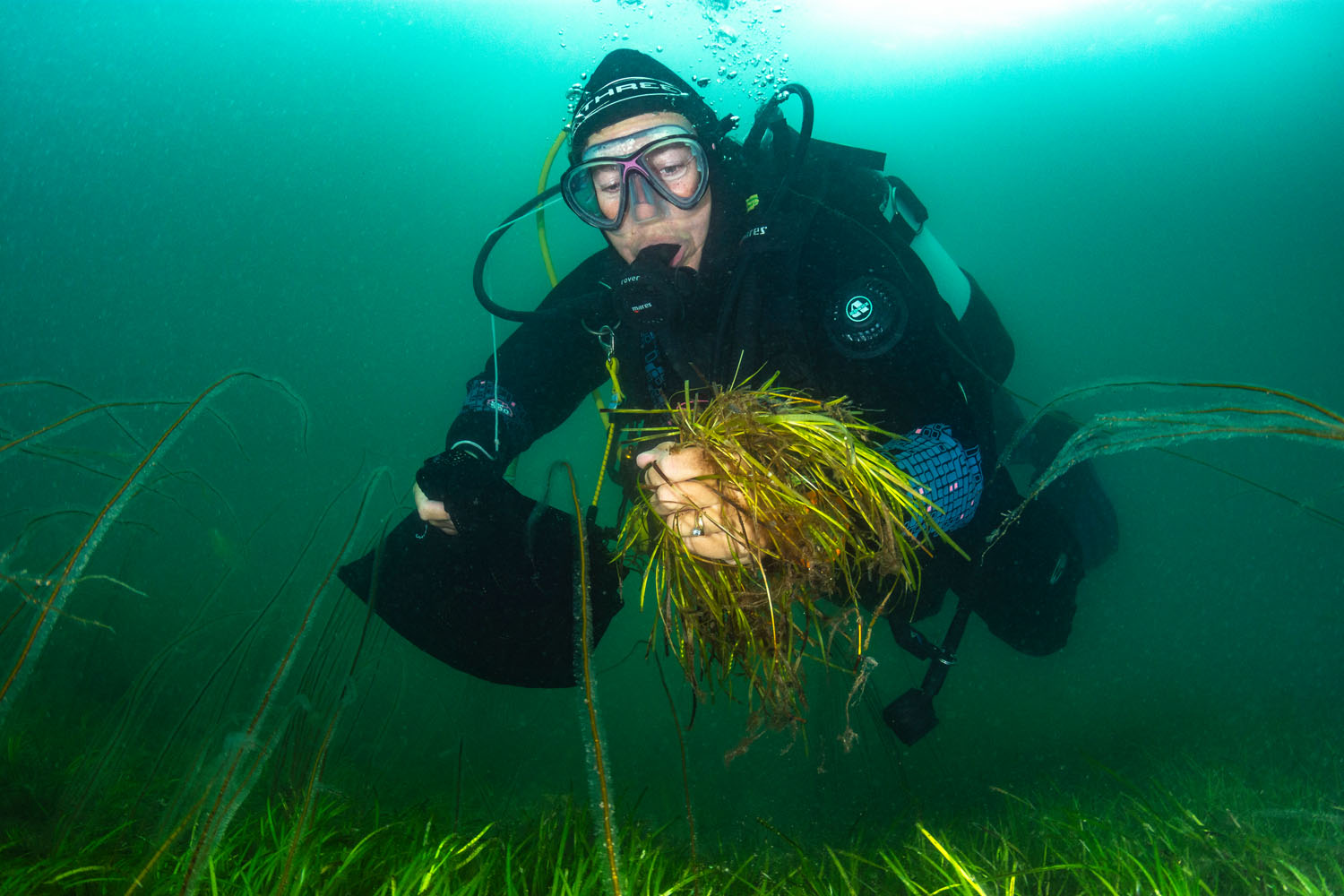
The highly commended image Seeds of Hope by British photographer Lewis Jefferies captures underwater efforts to regenerate seagrass meadows. His photograph showcases the role of seagrass beds as a critical habitat that supports marine biodiversity, captures and stores carbon, and enhances water quality. While rewilding emphasizes natural regeneration, Lewis's image shows how initial interventions can sometimes be necessary to kick-start the recovery of vital ecosystems, providing a foundation for nature to flourish independently.
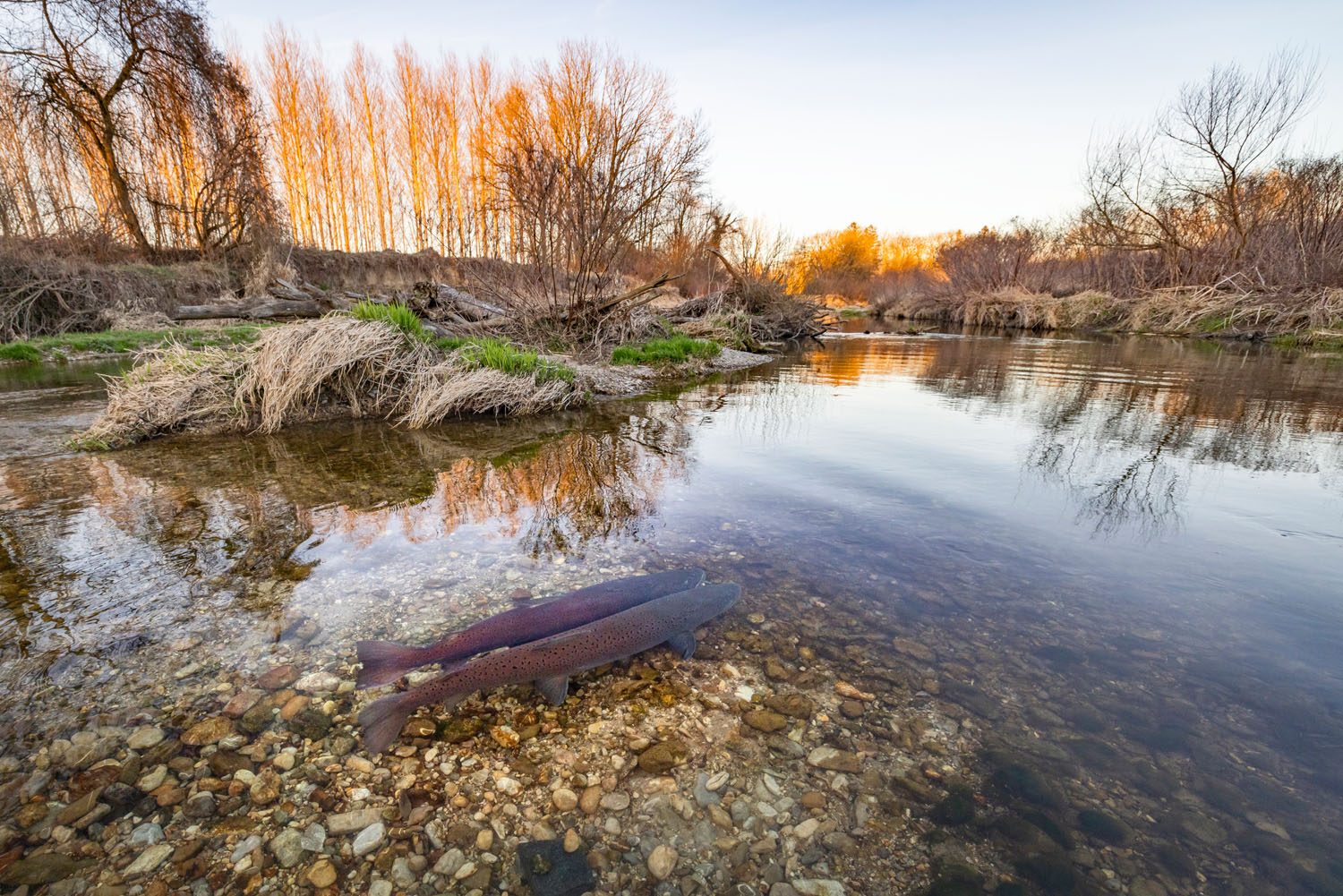
The restoration of natural processes also provides the backdrop for the highly commended photograph King of the East, which was shot by German photographer Florian Smit. Florian’s image, which features a majestic European bison in Poland's Białowieża National Park, celebrates the remarkable comeback of this iconic species in Europe, which is supported by ongoing rewilding efforts in many countries.
As a keystone species, the European bison plays a vital role shaping its habitat. Historically, free-roaming herbivores such as bison and wild horses shaped Europe’s landscapes through their grazing, browsing, and other behaviour, creating a rich mosaic of habitats that supported a wide range of other wildlife. Reintroducing these large grazers boosts the restoration of essential ecological processes and can support the development of nature-based economies.
More about the Rewilding Europe Award
The winning images will be honored at the awards ceremony of the European Wildlife Photographer of the Year 2024, during the GDT International Nature Photography Festival in Lünen (October 25-27), Germany. The first and second prize winners will receive 1,000 euros ($1,100) and 500 euros ($550) respectively, while their work will feature in an exhibition that tours Germany and Europe over the next three years.
“The Rewilding Europe Award is more than just a photography prize,” says Laurien Holtjer. “It’s a way to connect people with the rewilding movement and inspire practical rewilding efforts. These images show us what’s possible when we take action to restore nature and then let nature take the lead in managing itself. They are a testament to the resilience of our wild spaces and a call to action for a wilder, healthier future.”
Check out the best camera for wildlife, the best lenses for bird photography and wildlife and the best trail cameras – excellent for animal lovers.







